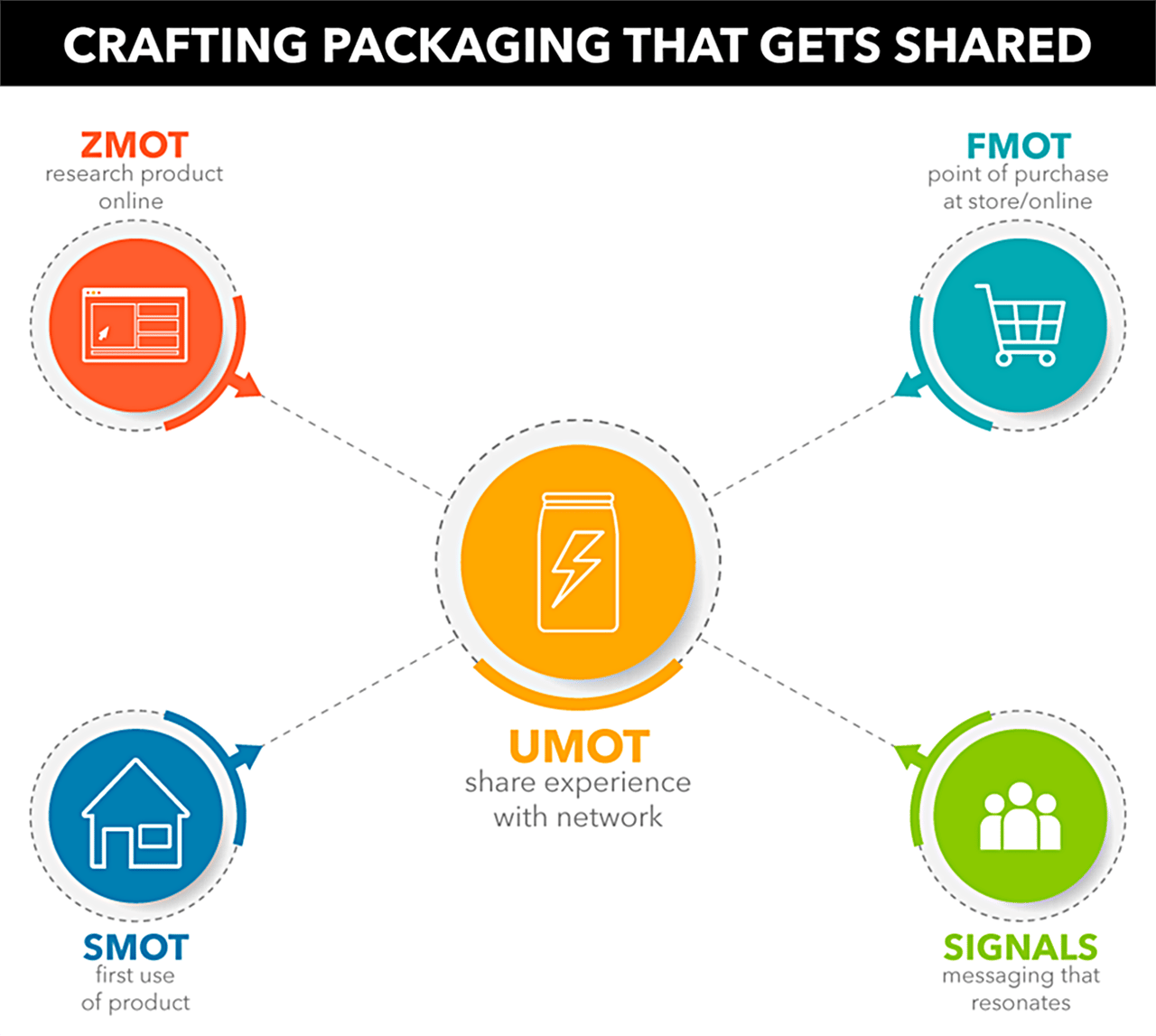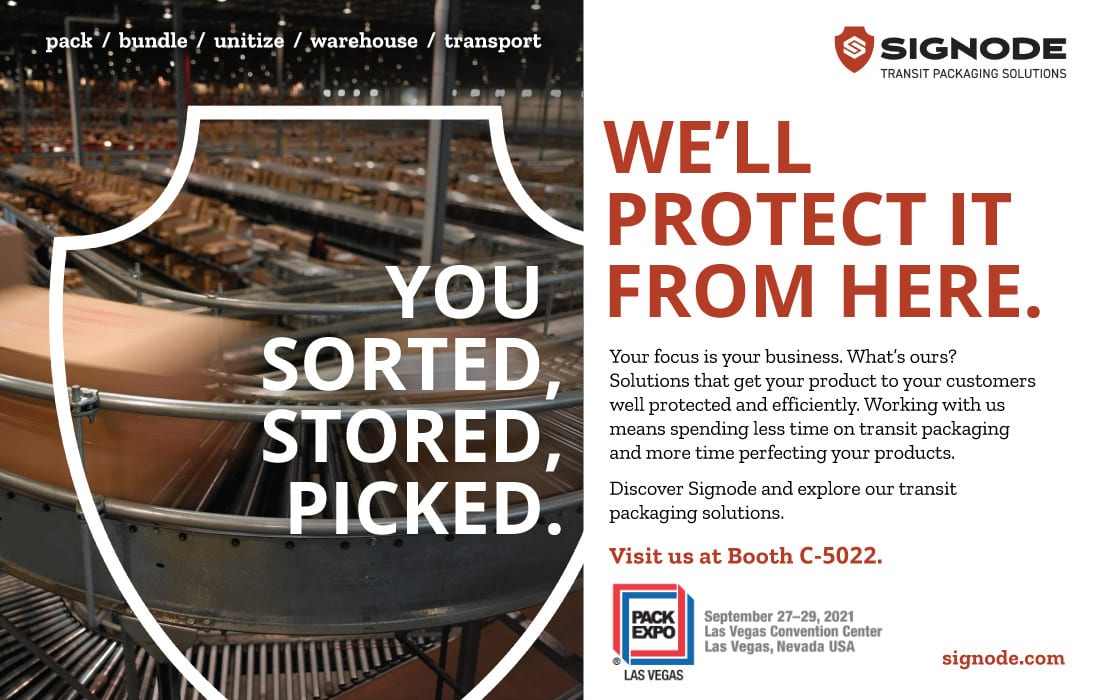
Lightning in a Bottle: Creating Packaging That Gets Shared Socially
CPG giants are looking to increase consumer social sharing — but how do they stand out in a crowded marketplace?
By Derek Rathel
An estimated 300 million tons of plastic are produced every year, 8 million of which end up in our oceans, reports international environmental watchdog, IUCN. As consumer awareness of this issue grows, CPG giants like P&G are pledging to make 100% of their plastics recyclable by 2030 with 50% of their plastic packaging made from recycled materials. In a similar move, Nestlé announced that it would invest $2.16 billion in making one third of its plastics production from food-grade recycled plastics by 2025.
All this has helped to elevate the stature of these brands in the consumer’s eye. As such, they’ve turned these initiatives into opportunities to partner with organizations that will lend additional credibility to their efforts. P&G partnered with Conservation International, World Wildlife Fund and National Geographic in the #It’sOurHome campaign. Nestlé teamed up with Origin Materials, a startup based in Sacramento, California, to form the NaturALL Bottle Alliance. About a year later, PepsiCo also joined the NaturALL Bottle Alliance working toward the goal of developing 100% biobased PET beverage bottles. These efforts have gone a long way in showing the eco-conscious shopper that these brands are serious about sustainability and climate action.
ADVERTISEMENT
Aligning the Consumer Experience
While efforts like these are worthwhile on their own, CPG companies are also in a race to win market share. How, then, do you turn the positive consumer sentiment into consumer action? Specifically, how do you nudge consumers to share their positive experiences with your brand among their social network?
As Olga Ivanishchuk points out in her recent article, consumers are “looking to buy [and share] quality products from brands that take a stand on societal and environmental issues.” Many times, these cues serve as a type of permission to consumers. It allows them to share the brand with their social network, knowing that their network will likely approve and amplify their opinion.
But in order to increase the likelihood of them sharing, you must start with the bedrock of consumer sentiment: product satisfaction. If you don’t have a satisfied customer, they are unlikely to share your messaging no matter how compelling it is.
To do this, you need a holistic approach to designing for the consumer moments of truth (MOTs). Consumer MOTs, “represent the key points where the consumer interacts with a product and their thoughts and opinions about it are formed.” The good news? Once you design for each MOT, initiatives that focus on societal and environmental issues will have their maximum effect.
MOT: Consumer POV
Researches the product online. (The Zero Moment of Truth or ZMOT)
Chooses the product off the store shelf or e-commerce page. (The First Moment of Truth or FMOT)
Uses the product (and every subsequent use). (The Second Moment of Truth or SMOT)
Decides to share their experience of the product with their network. (The Ultimate Moment of Truth or UMOT)

Courtesy of Foundry
But, as Annette Franz points out, “these xMOTs relate more to stages in time, stages in the customer lifecycle, than they do to brief points in time … not on the specific steps of a customer experience journey.” In order to truly design for them, you must capture specific moments within the xMOTs and craft your packaging design around them. That’s why leading consumer packaged goods companies are looking to capture specific moments and design for them.
As an example, consider designing in a true FMOT context. By using software that allows you to design your packaging right on the store shelf, you can see how your design stacks up against your competitors and clearly displays the needed values/quality cues.
Similarly, when designing for a UMOT context, packaging designers need to see their designs in virtual photoshoot settings to understand how their packaging will look on Instagram, Facebook, Twitter and more. Only then can they understand how consumers will interact with their design online.
Once these discrete MOTs have been designed for, only then will your marketing campaigns have their maximum impact. Consider a consumer who is environmentally and value conscious.
They go online to research laundry detergent that’s safe for the environment. Though the image is small, they can clearly see on the packaging that the bottle is made from 100% recycled material (ZMOT).
The next day, when in the store and they see the product on the shelf. The packaging is bright and clearly displays both its environmental and value advantages over the neighboring competition (FMOT).
Then, when home, the consumer is able to clearly understand the directions and use the product to produce clean, fresh-smelling clothes (SMOT).
Finally, the consumer goes online, sees the brand talking about their sustainability efforts, and chooses to share the post along with their own sentiments (UMOT).
Since the brand was able to clearly differentiate themselves from the competition and communicate the consumer’s values, the resulting UMOT experience became a more likely event. But it came about with very deliberate design workflows that captured those discrete moments of truth in virtual scenarios and actively crafted a package for them. The result is like capturing lighting in a bottle.
Derek Rathel is the vice president of sales for Foundry’s Design business.
kontekbrothers / Creatas Video via Getty Images
